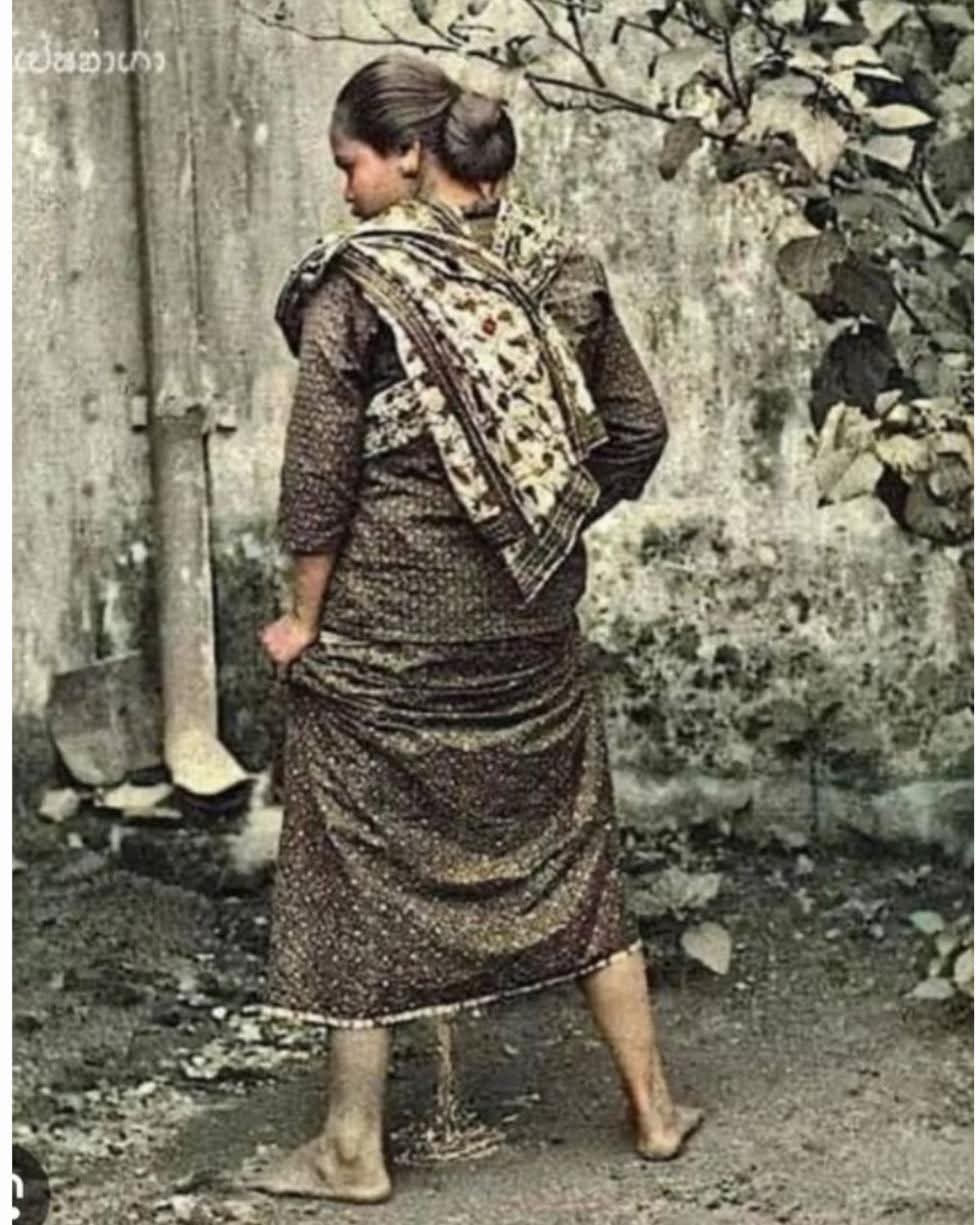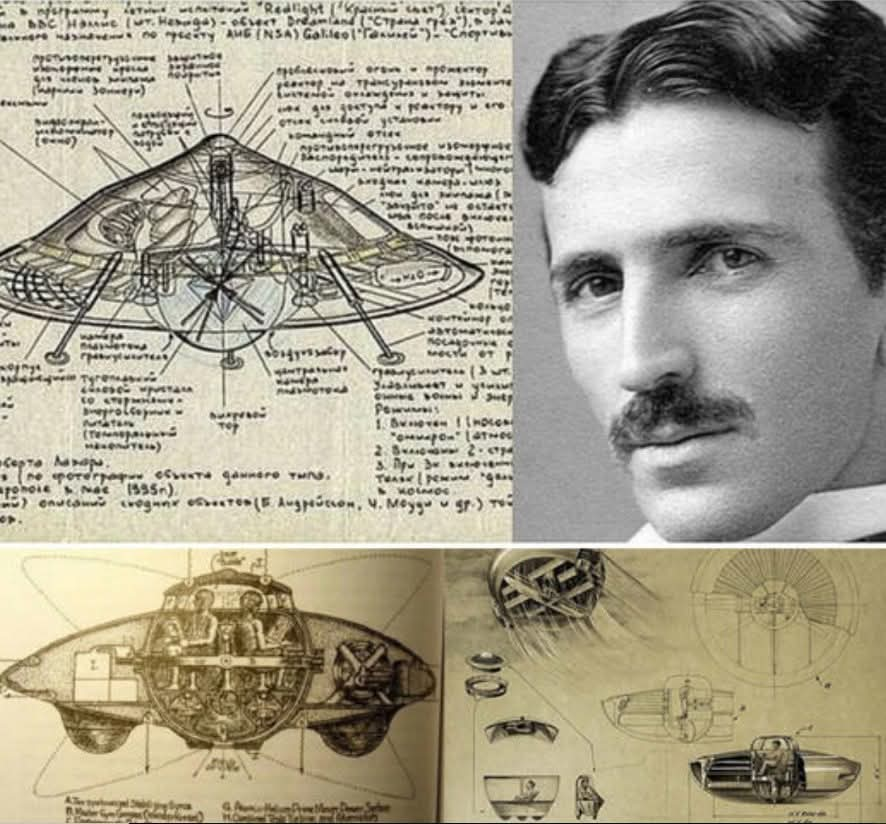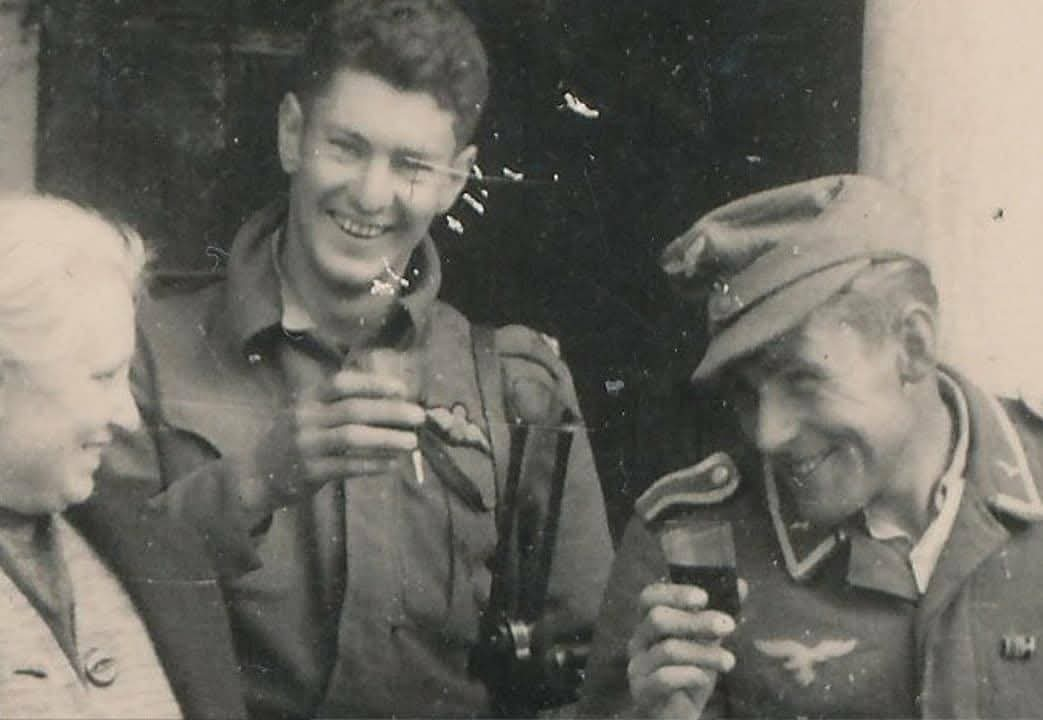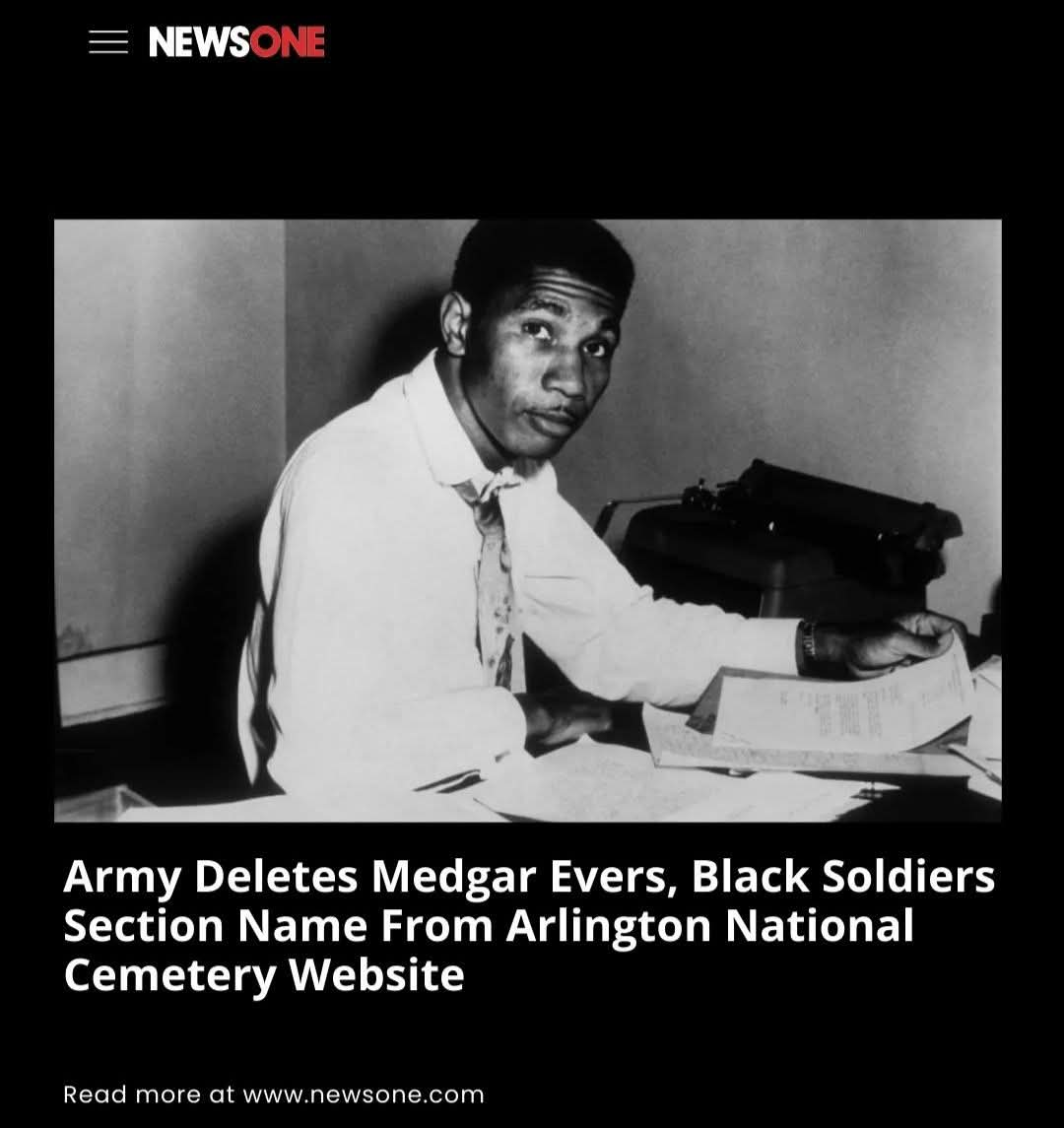
a Soviet sniper with 309 confirmed kills from 1941 to 1942. She is considered the top five military snipers of all time and the most successful female sniper in history.
In June 1941, Pavlichenko was a 24-year-old college student studying history at Kiev University when Germany invaded the Soviet Union. She joined the infantry, where she became one of 2,000 female snipers and was shipped to the front lines. Due to weapon shortages, was only issued a fragmentation grenade. She didn’t become a sniper until she got her first rifle (1891 bolt-action) from a fallen comrade.
A few months into the war Pavlichenko married fellow sniper, Alexei Kitsenko (swipe left). Unfortunately the marriage was short-lived as he was killed by an exploding shell from an artillery strike. Alexei embraced Pavlichenko in order to shield her from the blast and managed to save her life. Pavlichenko continued to fight on until she was hit with a mortar shell in June of 1942.
After her recovery, Pavlichenko toured the U.S. in an effort to drum up support to open a second front against Nazi Germany. The American media did not take her seriously, labeling her as the “girl sniper”. In the September 28 1942, issue of Time Magazine she shared her thoughts: “I am amazed at the kind of questions put to me… They asked me silly questions such as do I use powder and rogue and nail polish and do I curl my hair. One reporter even criticized the length of the skirt of my uniform, saying that in America women wear shorter skirts, and besides my uniform made me look fat. This made me very angry… It has been covered with blood in battle…”.
In Chicago, she was quoted as saying, “Gentlemen, I am 25 years old and I have killed 309 fascist invaders by now. Don’t you think, gentlemen, that you have been hiding behind my back for too long?”
After the war, Pavlichenko finished her education and became a historian. The war continued to haunt her and she suffered from PTSD and alcoholism. She died from a stroke at the age of 58 in 1974.
Source: Soviet Women on the Frontline in the Second World War (2012) by Roger D. Markwick and Euridice Charon Cardon










Leave a Reply